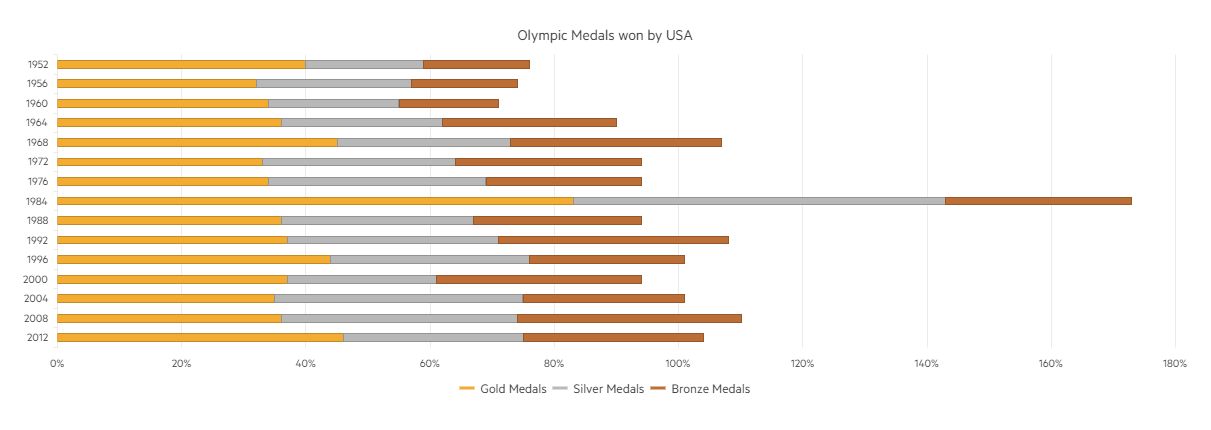


Although clinical evidence shows calcium channel blockers and thiazide-type diuretics are preferred first-line treatments for most people (from both efficacy and cost points of view), an ACE inhibitor is recommended by NICE in the UK for those under 55 years old. As of 2018, the best available evidence favors low-dose thiazide diuretics as the first-line treatment of choice for high blood pressure when drugs are necessary. The choice of more expensive agents, where cheaper ones would be equally effective, may have negative impacts on national healthcare budgets.

The several classes of antihypertensives differ in side effect profiles, ability to prevent endpoints, and cost. Patient age, associated clinical conditions and end-organ damage also play a part in determining dosage and type of medication administered. The fundamental goal of treatment should be the prevention of the important endpoints of hypertension, such as heart attack, stroke and heart failure. Which type of medication to use initially for hypertension has been the subject of several large studies and resulting national guidelines. Among the most important and most widely used medications are thiazide diuretics, calcium channel blockers, ACE inhibitors, angiotensin II receptor antagonists (ARBs), and beta blockers. There are many classes of antihypertensives, which lower blood pressure by different means. Evidence suggests that reduction of the blood pressure by 5 mmHg can decrease the risk of stroke by 34% and of ischaemic heart disease by 21%, and can reduce the likelihood of dementia, heart failure, and mortality from cardiovascular disease. Antihypertensive therapy seeks to prevent the complications of high blood pressure, such as stroke, hearth failure, kidney failure and myocardial infarction. Antihypertensives are a class of drugs that are used to treat hypertension (high blood pressure).


 0 kommentar(er)
0 kommentar(er)
